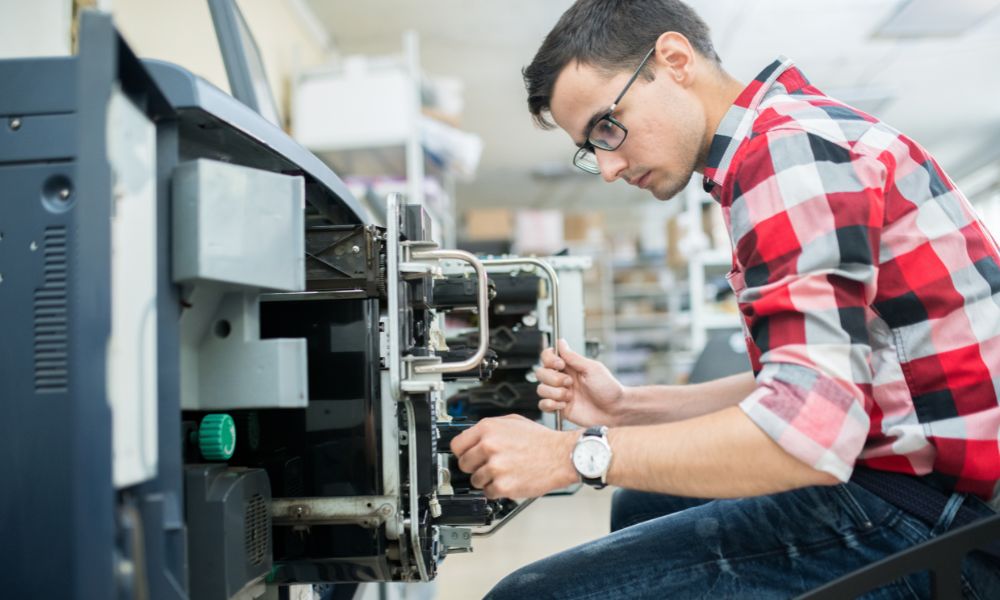
Getting a new 3D printer is exciting. You probably can’t wait to assemble it and put it into action, but you must have a game plan to ensure you get the most out of this technological marvel. These 3D printer maintenance tips that everyone should know will go a long way in helping you achieve that.
Ease the Tension
Most people who purchase 3D printers assume they’ll rarely have to worry about maintenance once they set up the machine. However, that’s not the case when it comes to belt tension. The screws keeping the belt tensioners in place tend to come loose over time, leading to prints that are out of whack.
Therefore, you must keep these screws secure—but not so much that you add too much stress. The perfect amount is firm enough to hold the belt pulley. Anything beyond or below that could lead to issues.
Clean the Fans
One of the most undervalued aspects of 3D-printer upkeep is cleaning the fans. The fans significantly affect the final product because of how valuable temperature is to 3D printing. Failing to account for this maintenance might negatively affect print quality.
Clogging and stringing might occur if the hot-end fan becomes dirty. Regularly scrubbing the fans on your 3D printer can extend their life spans and save you money by preventing expensive repairs.
Prevent Clogging
Filament blockages are typical issues with 3D printers. If the nozzle becomes blocked, the printer will cease extruding material, and the build may stall or, worse, continue to print new layers. Damage to the heat shield from even a small amount of molten material is also possible.
Signs of blocked filament include curvatures in the printed product and a missing or darkened heat shield. Sandpaper or a brass wire brush can remove the excess buildup, opening the nozzle to allow the machine to continue working its magic.
Lube the Necessary Parts
Another critical step in 3D printer upkeep is to clean and lubricate the bearings and linear rails. Lubricating the moving parts may be necessary if you hear any squeaks or feel any resistance to motion; otherwise, you should grease the components after about 1,000 hours of operation.
To apply grease or lubricants to the moving parts of certain printers, you must wipe the rods clean, apply the grease, and then reinstall them.
Install Firmware Updates
Purchasing a 3D printer from a well-known, reputable company requires you to stay up to date on any firmware upgrades to repair bugs and add new features. If anything goes awry, knowing how to handle the factory firmware will come in handy. In addition, firmware upgrades aren’t something you can count on with a budget 3D printer, so it’s best to look for updates for your particular model online.
Keep in mind these 3D printer maintenance tips everyone should know when you get a CreatBot F160 3D printer from 3D Printers Depot. With the best care, you can enjoy this state-of-the-art printer for years without fail!
